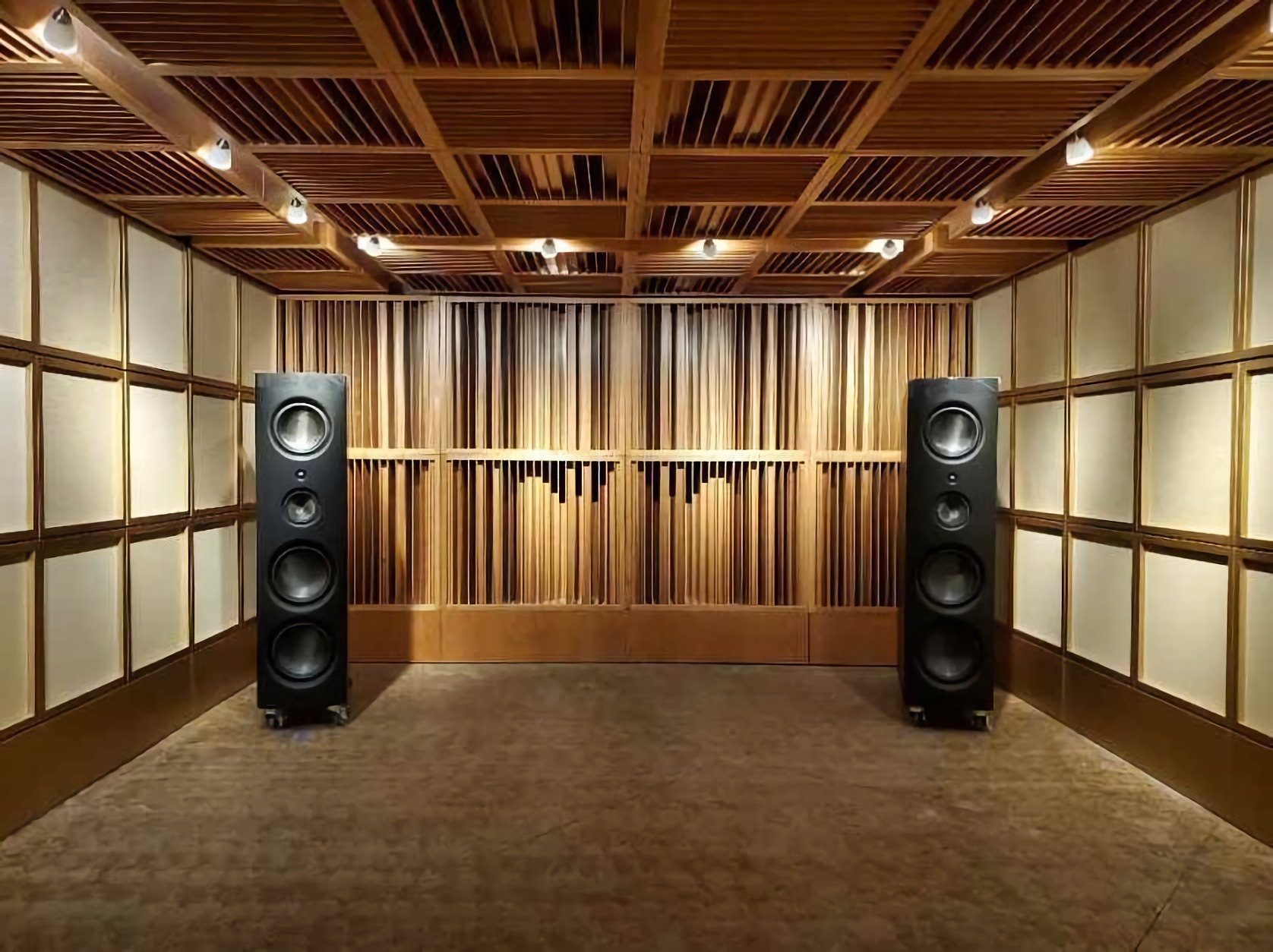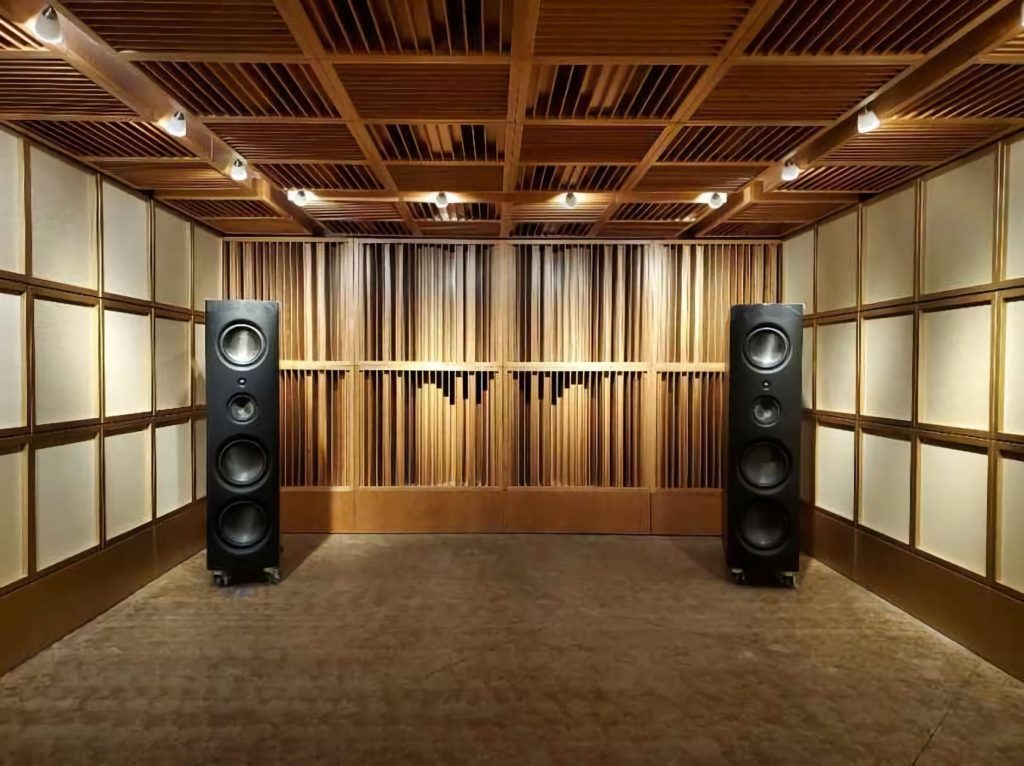
The term studio sound panels is confusing. Are we speaking about absorption studio sound panels? Are we speaking about diffusion studio sound panels? There are even two main types of absorption studio sound panels. We have low frequency absorption and then the upper half of the frequency range, the middle and high frequencies. Diffusion studio sound panels are for middle and high frequencies. Studio sound panels can also be a barrier design where the goal is to reduce noise transmission from the source to the receiver. They are used to isolate drummer energy from bleeding into other instrument microphones. We must step back a bit and look at the many variables involved in dealing with any studio sound panel type.
https://en.wikipedia.org/wiki/Acoustic_panel
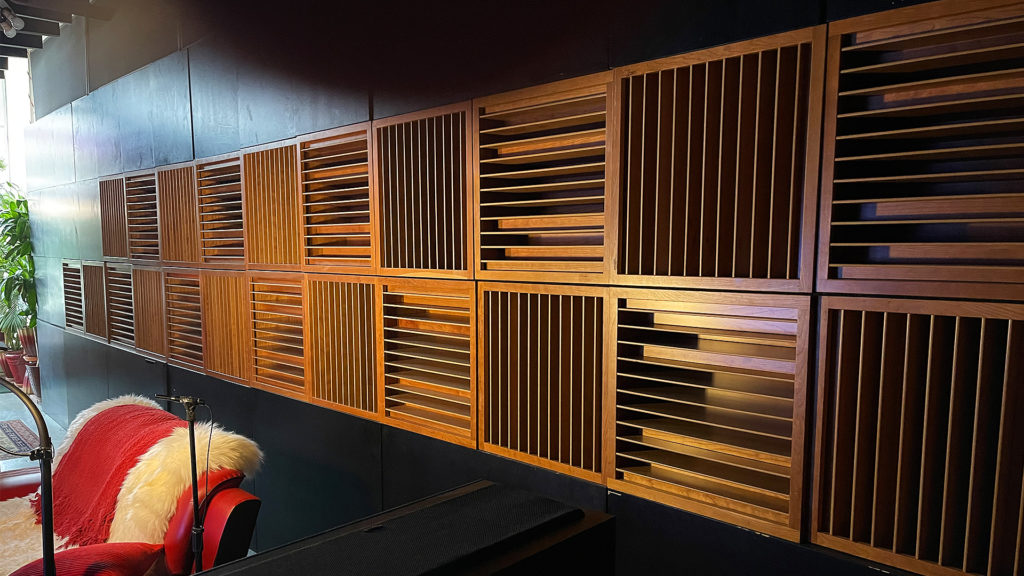
The first consideration in any studio is to match the usage of the room to the size and volume of the room. You must be able to have a room size and volume that will allow for the energy requirements your usage will place within the room. The room only sees energy and can only hold so much of that energy before producing distortion. Low-frequency energy is the worse offender with wavelengths of energy that are 30 – 40′ long and just as high. Most rooms can not support these long low-frequency waves of energy so the need for lower frequency management in small rooms is paramount. You have unwanted low-frequency pressure between each sidewall along with unwanted pressure front to rear walls. The floor to ceiling dimension, often overlooked, is the shortest of all three dimensions and can produce issues in today’s 8 -10′ ceilings starting at 55 hz. and going through 80 hz.
https://ccrma.stanford.edu/~kglee/pubs/2dmesh_QRD®_rev1/node2.html
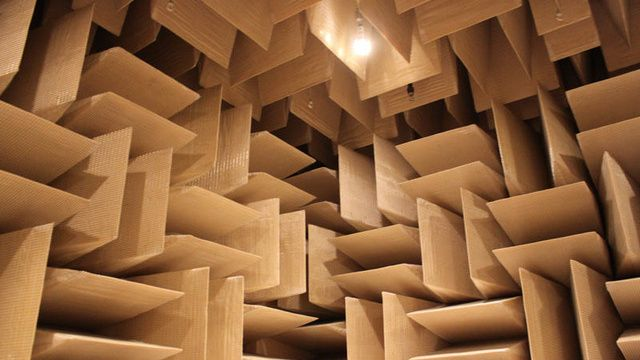
Once you have chosen the proper room size and volume to match your usage, you must then focus on low-frequency management first and foremost. You must treat the peaks of energy that all small rooms exhibit. The only way to do that effectively is to cover the wall surface area with the proper low -frequency sound absorbing technology. You can use freestanding units or use the wall itself to become a low-frequency absorber. At Acoustic Fields, we have a process termed the CAW. It stands for carbon absorbing wall. With this process we use each stud space to create a miniature diaphragmatic absorber that works every 14 1/2″ between the studs. We insert our carbon filters between the studs to create a diaphragmatic absorber. With this methodology, we can guarantee the frequency response curves in any room size volume with associated usages. You can see more on the CAW process at this link:
https://www.acousticfields.com/carbon-absorber-wall/
With the low-frequency energy managed correctly using the proper rates and levels of absorption, we can now turn our attention to the middle and high frequencies. The middle and high frequencies are easier to manage and we have a choice of absorption or diffusion technologies. If we are choosing absorption, once again, we must be concerned with the rate and level of absorption. The rate is how much absorption occurs at which frequency and how fast the absorption occurs as frequency increases. The level represents how low the absorption technology will absorb down to. You must be conscious of the rate and level when dealing with absorption especially when you are absorbing human voice. Most technologies in the marketplace were never specifically designed for voice let alone music. Their design goal if there ever was one was to absorb as much energy per square foot as possible. Music and voice are different from noise.
https://www.acousticfields.com/about/
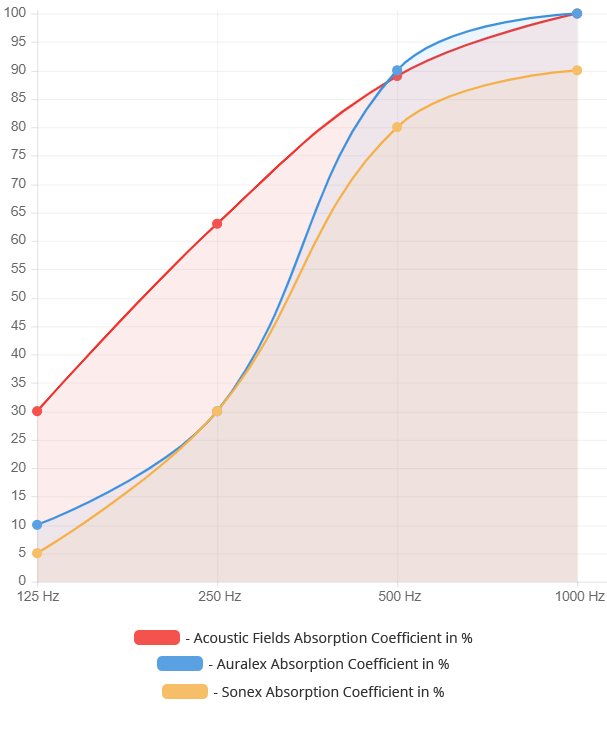
Music and voice demand special rates and levels of absorption. You can not use any rate and level of absorption for music and voice. The level is how low and high in frequency the technology absorbs at. The rate of absorption is how much energy is absorbed in each octave band. Voice and music demand a smooth and linear response curve from 125 hz. – 500 hz. This is a critical region where tome occurs. This region is a transition region from the lower frequency fundamentals to the middle frequency harmonics. It must not be over or under absorbed in any octave band. Take a look at our foam technology rate and level of absorption from 125 hz. – 500 hz. Notice how smooth it is. Compare the performance to the other foam technologies shown in the graph. Notice what we call spatial irregularities in response at the frequencies from 125 hz. – 500 hz. Our foam technology took 8 years and 2 M dollars to create. It is the finset open celled foam in the marketplace without exception..


